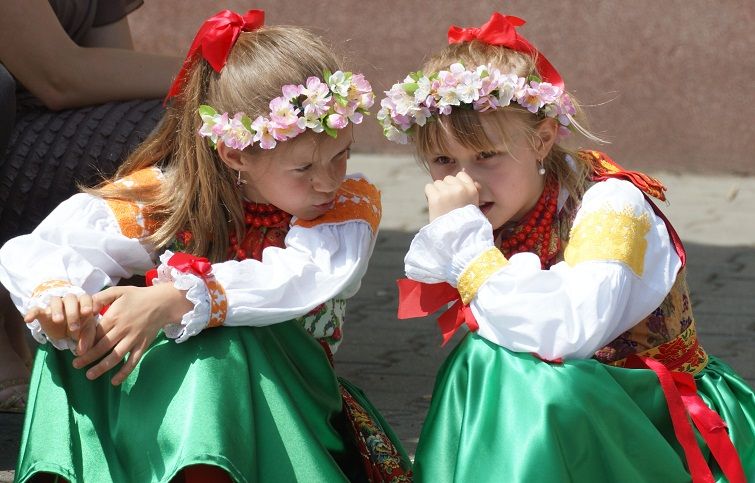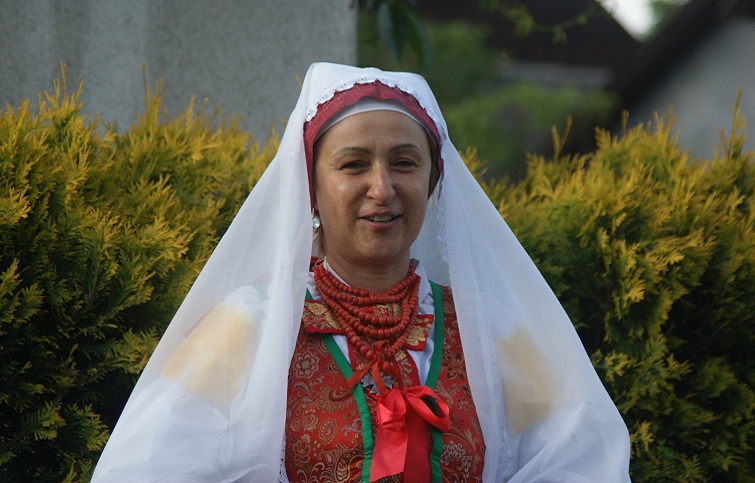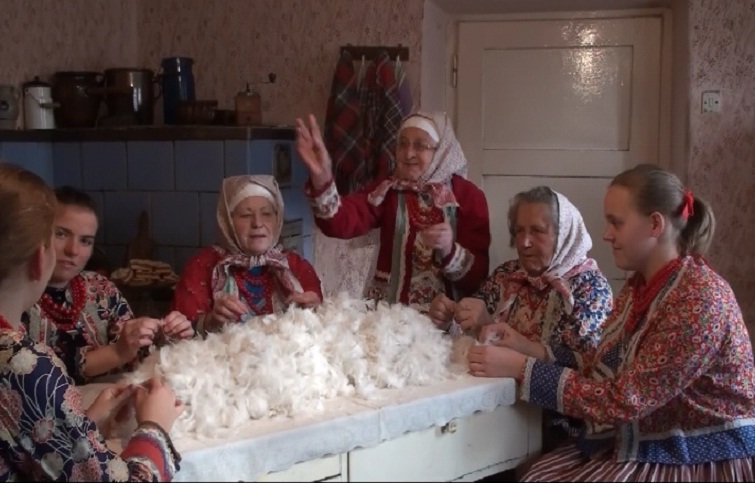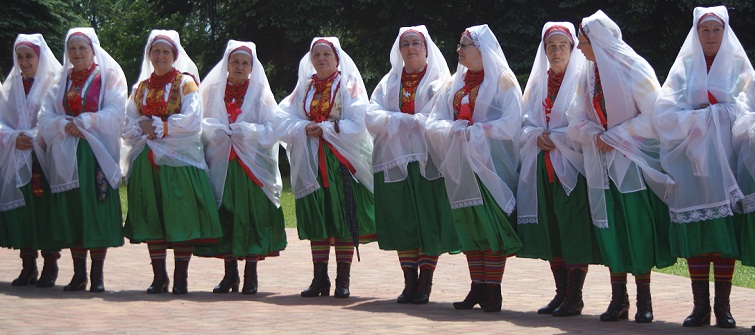Wilamowicean (Wymysiöeryś in Wilamowicean, pronounced [vɨmɨsəø:rɨɕ]) is spoken in Wilamowice (Wymysoü in Wilamowicean), a small town of about 3,000 people near Bielsko-Biała in Southern Poland. About 50-60 of them still use an archaic Germanic dialect. That ethno-linguistic enclave is now facing imminent extinction of its (at least) 800 years-old Wymysiöeryś ethnolect, but also witnessing some revitalization (also through documentation) efforts. Although the status of Wilamowicean is somewhat controversial (in some studies it is treated as a dialect of German), it has been granted a separate ISO code (WYM). There exist literary documents in Wilamowicean: songs, poems, prayers.
An attempt to create a literary standard for the Wilamowicean language by Florian Biesik in the 1920’s may serve as an example of indirect documentation of important elements of local, folk and previously oral culture. Recent attempts to revive the Wilamowicean language include its re-graphisation and making it a part of the local linguistic landscape.
Find Wilamowicean on the Interactive Map.
Further information and resources:
You can find some interesting references on Wilamowice and its ethnolect on the Internet:
- http://www.youtube.com/watch?v=8nbJ9fW7WWk – on Tymoteusz Król
- http://www.youtube.com/watch?v=Ua42Z9Uie-I – on Florian Biesik
- http://www.youtube.com/watch?v=MMBXlRVcX7U&feature=related – on the town and its ethnolect
Read more about the writing systems in the Book of Knowledge (Chapter 5) and about revitalization of endangered languages (Chapter 9).
Photos: 1) The youngest Wilamowicean girls in traditional costumes, 2) Wilamowicean woman costume, 3) “Pierzowiec” in Wilamowice, 4) Wilamowicean women in traditional costimes. Photographers: Tomasz Wicherkiewicz, Alfred F. Majeiwcz




